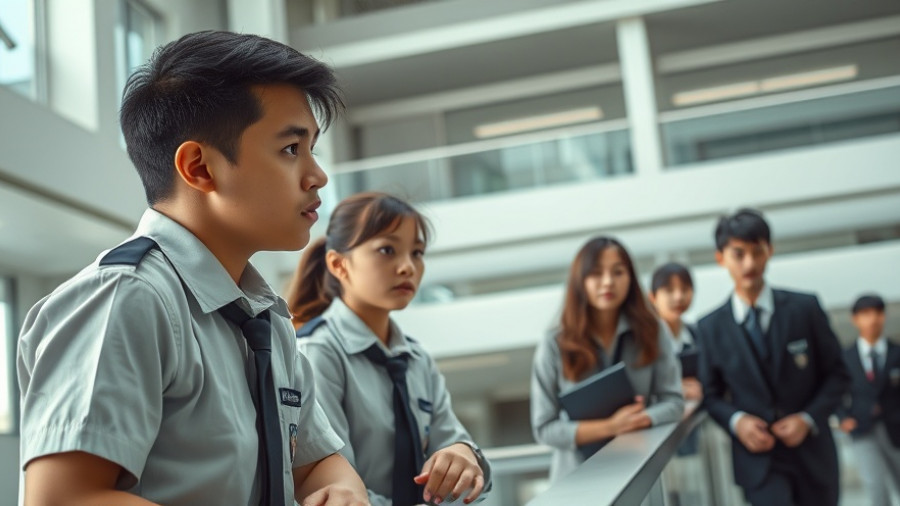
Understanding Bullying: A Global Perspective
Bullying is a persistent issue affecting youth worldwide, with recent surveys revealing staggering statistics about who is most at risk. A global assessment of bullying among young people highlights alarming trends—especially among girls. Understanding these risks is crucial for parents as they navigate the complex landscape of childhood and adolescence.
Who Is Most Likely to Be Bullied?
According to the analysis of bullying prevalence, young girls represent a particularly vulnerable demographic. While boys are statistically more likely to be bullied globally, with reports indicating rates of over 32%, countries where bullying rates are highest show a troubling trend where 65% of the bullied individuals are girls. This finding emphasizes the need for a targeted approach in discussions and interventions surrounding bullying, particularly for female youth.
Factors Influencing Bullying Risk
Beyond gender, various factors influence bullying dynamics. Economic status plays a crucial role; children from low-income households experience bullying at significantly higher rates compared to their more affluent peers. Additionally, immigrant youth often face increased opportunities for victimization compared to their locally born counterparts. These insights suggest that societal and economic contexts must be acknowledged in the fight against bullying.
The Impact of Relational Aggression
While physical bullying is often what comes to mind, subtle forms of bullying, particularly amongst girls, can deeply affect mental health. Emotional manipulation, gossip, and social exclusion can lead to severe psychological consequences, yet these behaviors frequently go unnoticed. This silent struggle hampers emotional resilience and can carry lasting impacts into adulthood, hence the need for greater awareness among parents and educators about these forms of aggression.
Creating Safe Spaces for Communication
Encouraging open dialogues between parents and children is essential. Creating a safe space for kids to discuss their experiences can enable early detection and intervention. Parents should equip themselves with the knowledge of subtle bullying signs and engage in proactive discussions with their children about social relationships and self-worth.
What Can Parents Do?
Parents can take several practical steps to help protect their children from bullying. Establishing strong communication channels, fostering self-esteem through encouragement, and teaching resilience are vital components. Moreover, understanding the signs of both physical and emotional bullying is crucial in empowering children to seek help when needed.
Technology’s Role in Bullying Dynamics
As children become increasingly engaged in digital spaces, the potential for cyberbullying rises significantly. Technology can mask identities, providing a shield for aggressors that can escalate the problem. Educating children about online safety and building responsible digital citizenship is critical. Parents should monitor their children’s online interactions and encourage them to come forward if they encounter unsettling situations.
Building Awareness and Resources
Finally, schools and communities must work together to develop comprehensive anti-bullying programs that consider the unique vulnerabilities faced by different demographic groups. Resources such as workshops or informational sessions on bullying can equip both children and parents with the tools to combat this issue effectively. Local authorities, schools, and mental health professionals must collaborate to create inclusive environments conducive to positivity and support.
For parents of children at risk, initiating conversations about their experiences and feelings surrounding friendships and social interactions is essential. The goal should be to destigmatize discussions about bullying, ensuring that all children feel empowered to report their experiences without fear of judgment.
The fight against bullying requires effort from multiple fronts—a commitment not only from educators but also from parents and community leaders. By staying informed and proactive, we can help create safer environments for our children.
 Add Row
Add Row  Add
Add 




Write A Comment